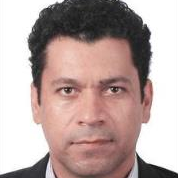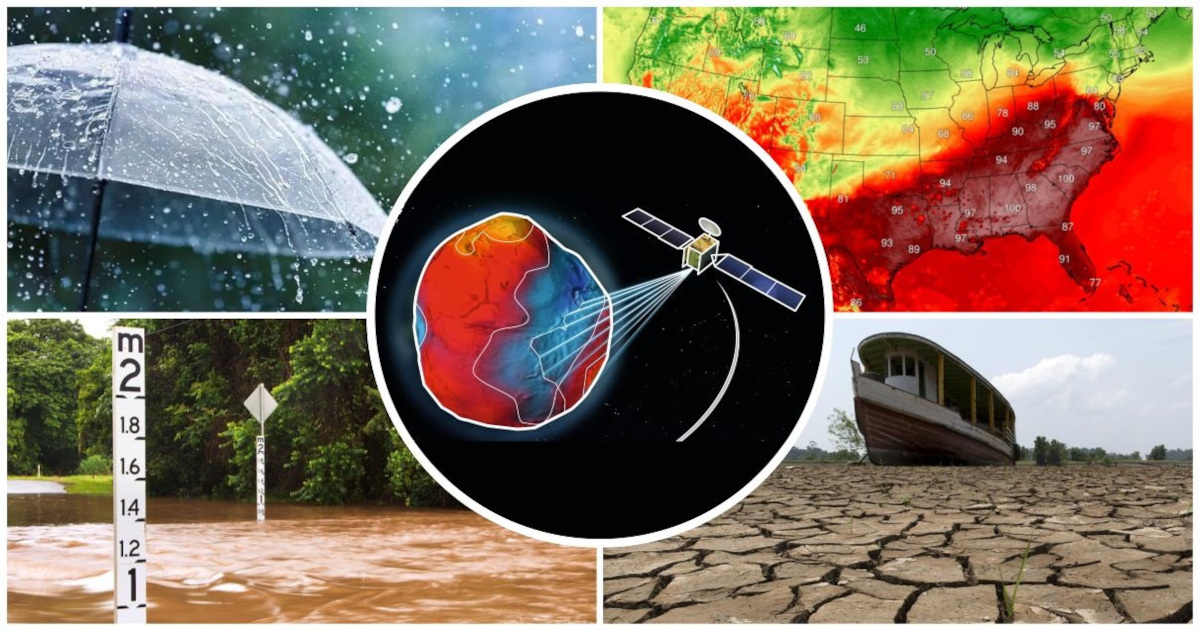Topic Menu
► Topic MenuTopic Editors



Applications of Geodesy in Meteorological, Hydrological and Climatic Environments

Topic Information
Dear Colleagues,
Extreme weather and climate events have been increasingly frequent and intense in recent years under global climate change. For instance, in the austral summer of 2019–2020, Australia experienced unprecedented bushfires due to unusually hot and dry weather conditions. By contrast, heavy rainfalls in Western Europe and central China triggered hundreds of casualties and billions in economic losses in summer 2021. Geodesy, composed of various observation techniques of the Earth’s shape, rotation, and gravity field (and their respective temporal variations), has been playing an important role in sensing meteorological, climatological, and hydrological events. For example, the Global Navigation Satellite Systems (GNSS) serve as a useful hydrometeorological sensor for atmospheric water vapor, soil moisture, and terrestrial water storage variations. Satellite gravimetry, represented by the Gravity Recovery and Climate Experiment (GRACE) and its follow-up mission (GRACE-FO), has been a unique sensor to monitor the distribution and redistribution of the mass transport within the Earth system and sub-systems (e.g., hydrosphere).
Although geodetic observation techniques have been introduced into the remote sensing of various atmospheric, climatological, and hydrological phenomena, further studies are urgently needed to expand its benefits and applications. Therefore, this topic aims to enhance the geodetic observation techniques and methods for understanding, modeling, and predicting these phenomena.
In this Topic, novel algorithms, methods, and datasets to enhance the capabilities of geodetic techniques in sensing atmospheric, climatological, and hydrological phenomena are welcome. Studies dealing with new perspectives, applications, and insights of geodetic observations to monitor and investigate related phenomena such as extreme events, climate change, and water cycle are also welcome.
Dr. Peng Yuan
Prof. Dr. Vagner Ferreira
Prof. Dr. Balaji Devaraju
Dr. Liangke Huang
Topic Editors
Keywords
- extreme events
- weather
- meteorology
- climatology
- hydrology
- water
- geodesy
- GNSS
- GRACE
- remote sensing
Participating Journals
| Journal Name | Impact Factor | CiteScore | Launched Year | First Decision (median) | APC | |
|---|---|---|---|---|---|---|

Atmosphere
|
2.9 | 4.1 | 2010 | 17.7 Days | CHF 2400 | Submit |

Climate
|
3.7 | 5.2 | 2013 | 19.7 Days | CHF 1800 | Submit |

Remote Sensing
|
5.0 | 7.9 | 2009 | 23 Days | CHF 2700 | Submit |

Sensors
|
3.9 | 6.8 | 2001 | 17 Days | CHF 2600 | Submit |

Water
|
3.4 | 5.5 | 2009 | 16.5 Days | CHF 2600 | Submit |

MDPI Topics is cooperating with Preprints.org and has built a direct connection between MDPI journals and Preprints.org. Authors are encouraged to enjoy the benefits by posting a preprint at Preprints.org prior to publication:
- Immediately share your ideas ahead of publication and establish your research priority;
- Protect your idea from being stolen with this time-stamped preprint article;
- Enhance the exposure and impact of your research;
- Receive feedback from your peers in advance;
- Have it indexed in Web of Science (Preprint Citation Index), Google Scholar, Crossref, SHARE, PrePubMed, Scilit and Europe PMC.

